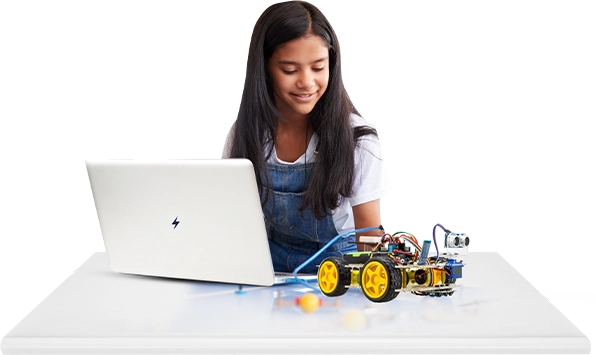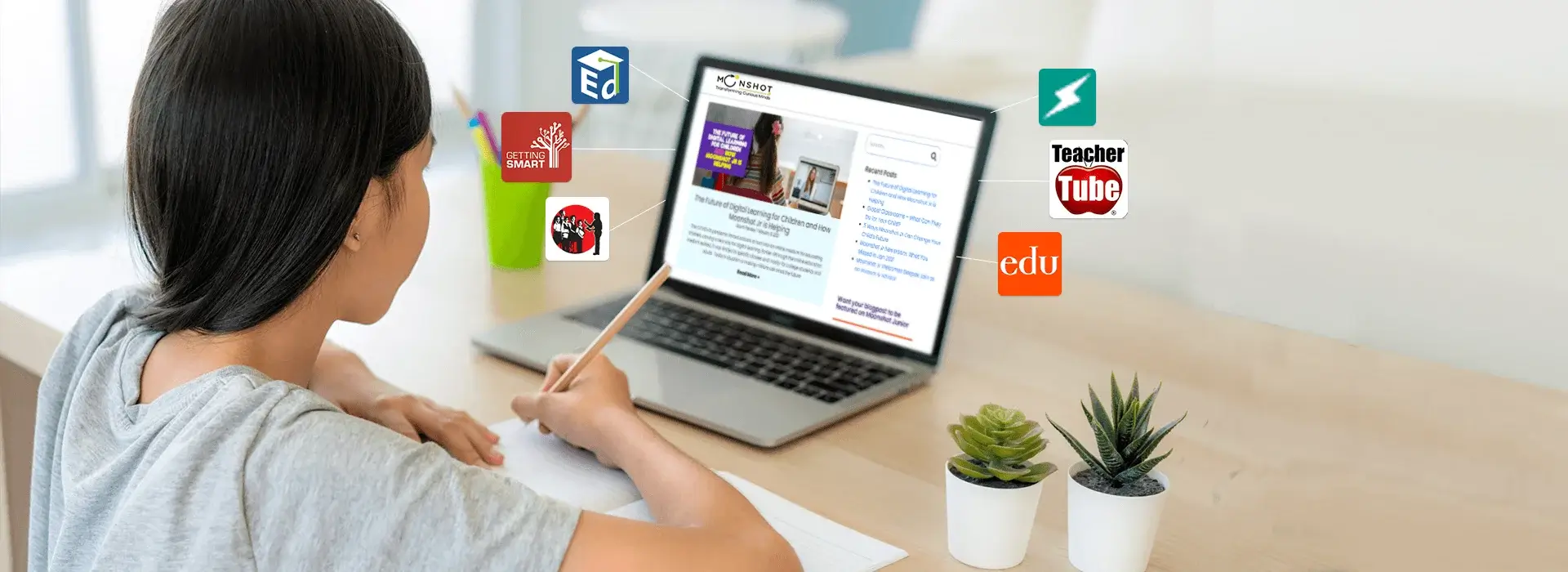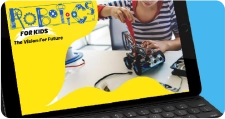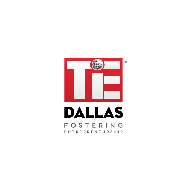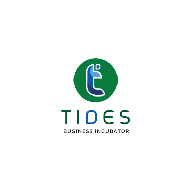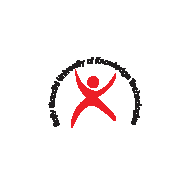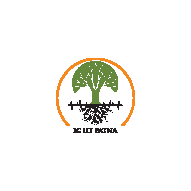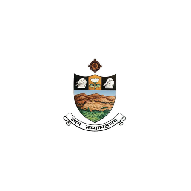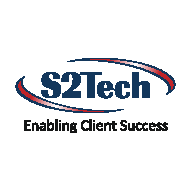Dallas, Texas has a lot of great elementary schools that are known for their strong academics, caring teachers, and active community involvement. Choosing the right school can have a big impact on a child’s early learning and academic growth over time. Families often begin by looking at the top 10 schools in Dallas, Texas. Some also look ahead to the top 10 middle schools, high schools, or private schools in Dallas, Texas to plan a smooth educational path. These ten Dallas elementary schools are known for their great reading and math skills, their opportunities for enrichment, and their student-centered teaching. Each one has a short summary and a link to more information to help you make a smart choice.
1. Bradfield Elementary School
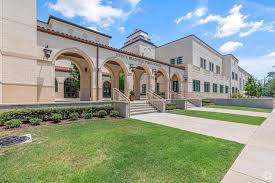
Bradfield Elementary, located in Highland Park, is recognized for its academic excellence and strong community involvement. Students achieve impressive results in reading and math, supported by dedicated teachers who focus on individualized learning.
The school also offers enrichment programs such as arts, STEM, and extracurricular activities that help develop well-rounded students. Families appreciate the safe, nurturing environment and active parental engagement, making it a top choice for those seeking both academic success and personal growth. Learn more here.
2. Armstrong Elementary School
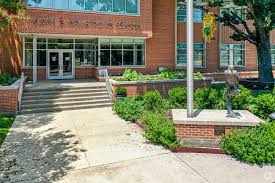
Armstrong Elementary emphasizes early learning and student success through small class sizes and personalized instruction. Students perform above average in reading and math, with teachers providing continuous support and encouragement.
The school also fosters strong community involvement, including parent programs and school events. Enrichment opportunities in arts, technology, and athletics help students explore their interests beyond academics. Armstrong is ideal for families looking for a balance of performance, growth, and a supportive school culture. Explore Armstrong Elementary here.
3. Hyer Elementary School
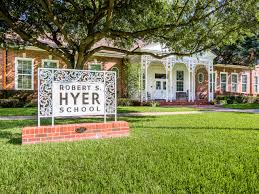
Hyer Elementary is part of Highland Park ISD and is known for high academic standards and rigorous learning programs. Students excel in reading and math, thanks to experienced teachers and focused instruction.
The school emphasizes social development, creativity, and student engagement through various enrichment programs. Hyer’s strong parent-community involvement ensures that children have the support needed both in and out of school. Families seeking a high-performing, well-rounded school often choose Hyer for its balance of academic rigor and nurturing environment. Check Hyer Elementary here.
4. McCulloch Intermediate School
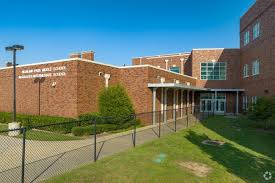
McCulloch Intermediate School serves upper elementary grades with a focus on preparing students for middle school success. Students benefit from smaller class sizes, hands-on learning, and support in reading, math, and critical thinking.
The school encourages parental engagement and community partnerships to enhance student growth. Extracurricular activities provide students with opportunities for creativity, leadership, and teamwork. McCulloch is ideal for families wanting a school that combines academic excellence with well-rounded enrichment programs. Discover McCulloch here.
5. Lakewood Elementary School
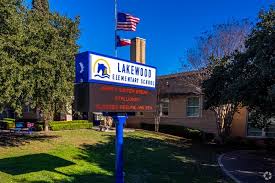
Lakewood Elementary provides a nurturing and inclusive learning environment where students achieve strong results in reading and math. Teachers use differentiated instruction to meet the needs of all learners, and class sizes allow for individual attention.
The school encourages parent participation through PTA events and community programs. Enrichment in arts, STEM, and athletics ensures that students develop both academically and socially. Lakewood Elementary is highly recommended for families seeking a supportive school with a focus on growth and engagement. Learn more about Lakewood here.
6. William B. Travis Academy / Vanguard For A
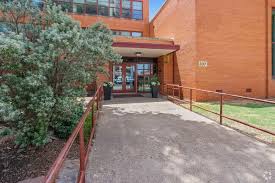
William B. Travis Academy / Vanguard For A provides advanced learning opportunities in a nurturing environment. The school emphasizes literacy, numeracy, and critical thinking, with enrichment programs that foster creativity and leadership. Teachers work closely with parents to ensure each child’s academic success, and small class sizes help maintain individualized attention.
This school is popular among families seeking academic rigor combined with support and enrichment opportunities for every student. Explore Travis Academy here.
7. Mockingbird Elementary School
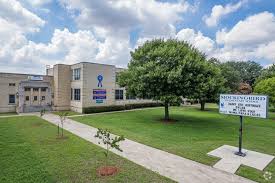
Mockingbird Elementary stands out for its well-rounded curriculum, strong academic performance, and supportive teachers. Students consistently perform well in reading and math assessments.
The school offers extracurricular programs such as music, sports, and STEM clubs, ensuring holistic development. Teachers engage with families to create personalized learning plans and maintain a welcoming school culture. Mockingbird is an excellent choice for parents seeking a school that balances achievement with creativity and community. Check Mockingbird Elementary here.
8. Armstrong Academy
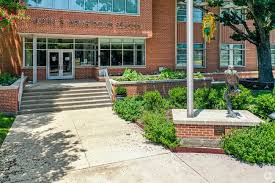
Armstrong Academy offers innovative teaching methods, a rigorous curriculum, and enrichment programs that emphasize arts and STEM. Students benefit from individualized instruction and a supportive learning environment.
The school fosters strong parental engagement and community involvement to reinforce academic and social growth. Armstrong Academy is ideal for families looking for a school that combines high academic standards with creative learning opportunities and student well-being. Learn more here.
9. Hillcrest Elementary School
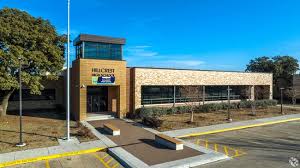
Hillcrest Elementary emphasizes excellence in both academics and student development. Students achieve above-average results in reading and math through dedicated instruction and support.
The school also offers programs in arts, music, and physical education to foster well-rounded growth. Teachers and staff work closely with families to maintain an engaging and nurturing environment. Hillcrest is suitable for parents seeking a school with strong academic outcomes and enrichment opportunities for all students. Explore Hillcrest here.
10. Forest Lane Academy
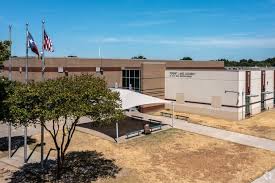
Forest Lane Academy focuses on building foundational skills in reading and math while also nurturing creativity and social skills. Teachers emphasize individual student growth, and the school provides enrichment programs in arts, science, and technology.
Community and parental involvement are strong, ensuring students receive the support they need both academically and socially. Forest Lane Academy is a great choice for families who want a balanced school environment that promotes learning, exploration, and personal development. Discover Forest Lane Academy here.
Conclusion
Dallas, Texas offers a wide range of top elementary schools, each known for its unique strengths in academics, enrichment, and community involvement. Schools like Bradfield, Armstrong, Hyer, and Lakewood are often recognized among the top 10 schools in Dallas, Texas for their high reading and math proficiency, supportive teachers, and strong parent engagement. Many families also explore the top 10 middle schools in Dallas, Texas, the top 10 high schools in Dallas, Texas, or the top 10 private schools in Dallas, Texas when planning a complete academic journey. When choosing the right fit, consider class sizes, academic performance, enrichment programs, and school culture. Visiting campuses and reviewing programs can help ensure your child receives the best possible educational start in Dallas.
Moonpreneur is on a mission to disrupt traditional education and future-proof the next generation with holistic learning solutions. Its Innovator Program is building tomorrow’s workforce by training students in AI/ML, Robotics, Coding, IoT, and Apps, enabling entrepreneurship through experiential learning.
FAQs:
Bradfield Elementary, Armstrong Elementary, and Hyer Elementary are often considered top choices due to their high reading and math proficiency, strong teacher engagement, and enrichment programs that foster overall student growth.
Yes, Dallas has several options including William B. Travis Academy / Vanguard For A and other charter schools. These schools often focus on advanced academics, STEM programs, or specialized learning pathways for students.
Important factors include academic performance (reading and math proficiency), student-teacher ratio, enrichment programs, school culture, safety, and parental involvement. Visiting schools and reviewing recent reports can help parents make the best decision.
Many schools provide arts, music, STEM, and athletics programs to encourage creativity and critical thinking. Social-emotional learning, leadership development, and community engagement are also emphasized to foster well-rounded development.
Yes, smaller class sizes (often around 13–15 students per teacher) allow for individualized attention, personalized instruction, and better support for students with diverse learning needs.



